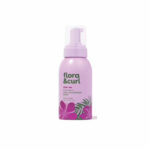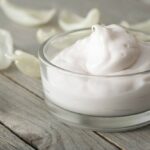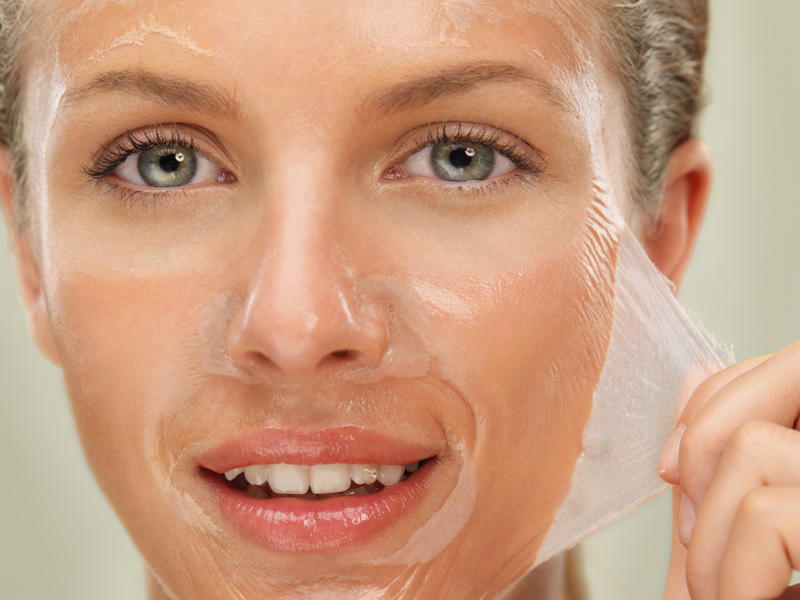Blackheads are one of the most common and stubborn skin concerns faced by individuals of all skin types. These small, dark blemishes form when pores become clogged with oil, dead skin cells, and debris. While over-the-counter treatments like salicylic acid and clay masks may help to an extent, many people are turning to professional treatments such as chemical peels to tackle blackheads at their root.
Chemical peels are a proven, dermatologically approved skincare treatment that exfoliates the skin and promotes cell turnover. When used correctly, a chemical peel can not only help remove existing blackheads but also prevent future breakouts. In this article, we’ll explore how chemical peels work, the best types for blackhead-prone skin, what to expect during treatment, recovery tips, and final thoughts.
What Are Chemical Peels?
A chemical peel is a cosmetic procedure that involves applying a chemical solution to the skin to remove its outer layers. This controlled exfoliation encourages the growth of new, healthier skin and can significantly improve various skin concerns, blackheads being one of the most notable.
Chemical peels are categorized based on their depth of penetration:
-
Light Peels – Target the epidermis and are ideal for mild imperfections.
-
Medium Peels – Reach the dermis and are suitable for deeper blackheads and pigmentation.
-
Deep Peels – Used for more severe skin damage but typically not necessary for blackhead removal.
How Chemical Peels Help Remove Blackheads
Blackheads are a type of acne known as open comedones. The pore remains open while the plug of oil and dead skin cells is exposed to air, causing it to oxidize and turn black. Chemical peels effectively treat blackheads through the following mechanisms:
-
Deep Exfoliation: Chemical peels break down the bonds between dead skin cells, helping them shed faster and unclogging the pores.
-
Oil Regulation: Many peels contain ingredients like salicylic acid or glycolic acid that reduce sebum production, helping to control oily skin.
-
Antibacterial Effects: Certain acids (like mandelic and salicylic acid) have antimicrobial properties that reduce acne-causing bacteria.
-
Pore Shrinking: Repeated use of chemical peels may help minimize the appearance of enlarged pores, reducing the likelihood of future blackhead formation.
Best Chemical Peels for Blackheads
When targeting blackheads, certain chemical agents work more effectively than others:
1. Salicylic Acid Peel
-
Type: Beta-hydroxy acid (BHA)
-
Function: Penetrates deep into oily pores to exfoliate from within.
-
Ideal For: Oily and acne-prone skin.
2. Glycolic Acid Peel
-
Type: Alpha-hydroxy acid (AHA)
-
Function: Exfoliates surface skin cells and helps with uneven texture.
-
Ideal For: Combination skin and early blackhead prevention.
3. Lactic Acid Peel
-
Type: AHA
-
Function: Mild exfoliation and hydration.
-
Ideal For: Sensitive skin and dry areas prone to blackheads.
4. Mandelic Acid Peel
-
Type: AHA derived from bitter almonds.
-
Function: Antibacterial and anti-inflammatory; works slower but gently.
-
Ideal For: Sensitive or darker skin tones.
5. Jessner’s Peel
-
Combination: Salicylic acid, lactic acid, and resorcinol.
-
Function: Treats moderate to severe acne and blackheads.
-
Ideal For: Those needing a stronger but still safe option.
The Chemical Peel Procedure
-
Consultation: Your dermatologist will assess your skin type, condition, and desired results.
-
Preparation: Skin is cleansed and prepped; you may be advised to use topical products days before the procedure.
-
Application: The peel is applied and left on the skin for a specific time, depending on its strength.
-
Neutralization and Removal: The peel is neutralized (if necessary) and washed off.
-
Aftercare: A calming serum or moisturizer is applied, followed by sunscreen.
Post-Peel Care and Downtime
Proper aftercare is crucial to maximize the benefits of your chemical peel:
-
Avoid Sun Exposure: The skin becomes more sensitive to UV rays; wear SPF 30+ every day.
-
Hydrate and Moisturize: Use gentle, non-comedogenic moisturizers to support healing.
-
No Picking or Scrubbing: Let peeling occur naturally to avoid scarring or irritation.
-
Gentle Cleansing: Use a mild cleanser and avoid active ingredients like retinol or strong acids for a few days.
Light peels have minimal downtime, with flaking lasting 1–3 days. Medium peels may cause visible peeling and redness for up to a week.
Who Should Avoid Chemical Peels?
While chemical peels are generally safe, they may not be suitable for:
-
Individuals with rosacea, eczema, or psoriasis
-
Those taking Accutane (isotretinoin) within the past six months
-
People with active skin infections or sunburns
-
Individuals with very sensitive skin or allergies to peel ingredients
Always consult a qualified dermatologist or aesthetic provider before starting any chemical peel regimen.
Benefits of Chemical Peels Beyond Blackheads
Although the primary goal here is to remove blackheads, chemical peels offer multiple skin benefits:
-
Reduces acne scars and pigmentation
-
Improves skin texture and tone
-
Minimizes fine lines and wrinkles
-
Boosts collagen production
-
Enhances product absorption
Final Thoughts
Chemical peels are a highly effective and reliable option for eliminating blackheads and improving overall skin health. Whether you opt for a light salicylic acid peel or a combination peel like Jessner’s, the key to success lies in consistency, professional guidance, and proper aftercare.
While the idea of a chemical solution on your face may sound intimidating, modern peels are tailored to individual skin types and goals, offering a customizable and often gentle path to clearer, smoother skin. When administered by a certified professional and combined with a solid skincare routine, chemical peels can transform blackhead-prone skin into a radiant, refined complexion.
- Chemical Peel for Blackheads | Clear Skin Through Exfoliation
- Learn how chemical peels work to remove blackheads by exfoliating dead skin, unclogging pores, and improving skin clarity. Discover the best peel types and aftercare tips.
- Chemical Peel
Related posts:
 Organic Skin Care Market Set to Grow with Rising Consumer Demand
Organic Skin Care Market Set to Grow with Rising Consumer Demand
 How Does Botox Injection Work? The Science Behind It Explained
How Does Botox Injection Work? The Science Behind It Explained
 Redefining Beauty Standards: Embrace Your Unique Look with Cosmetic Planet PK
Redefining Beauty Standards: Embrace Your Unique Look with Cosmetic Planet PK
 The Ultimate Guide to Buying Teeth Whitening Kits Online Safely
The Ultimate Guide to Buying Teeth Whitening Kits Online Safely
 Flora & Curl Rose Water Cream Conditioner: De ultieme hydratatie voor krullend haar
Flora & Curl Rose Water Cream Conditioner: De ultieme hydratatie voor krullend haar
 What Makes Hair Growth Serum in Pakistan with Price Worth It?
What Makes Hair Growth Serum in Pakistan with Price Worth It?
 Do you still see sun spots even though you use sunscreen every day?
Do you still see sun spots even though you use sunscreen every day?
 The Best Vitamin C & Niacinamide Moisturizers to Revive Dull Skin
The Best Vitamin C & Niacinamide Moisturizers to Revive Dull Skin







